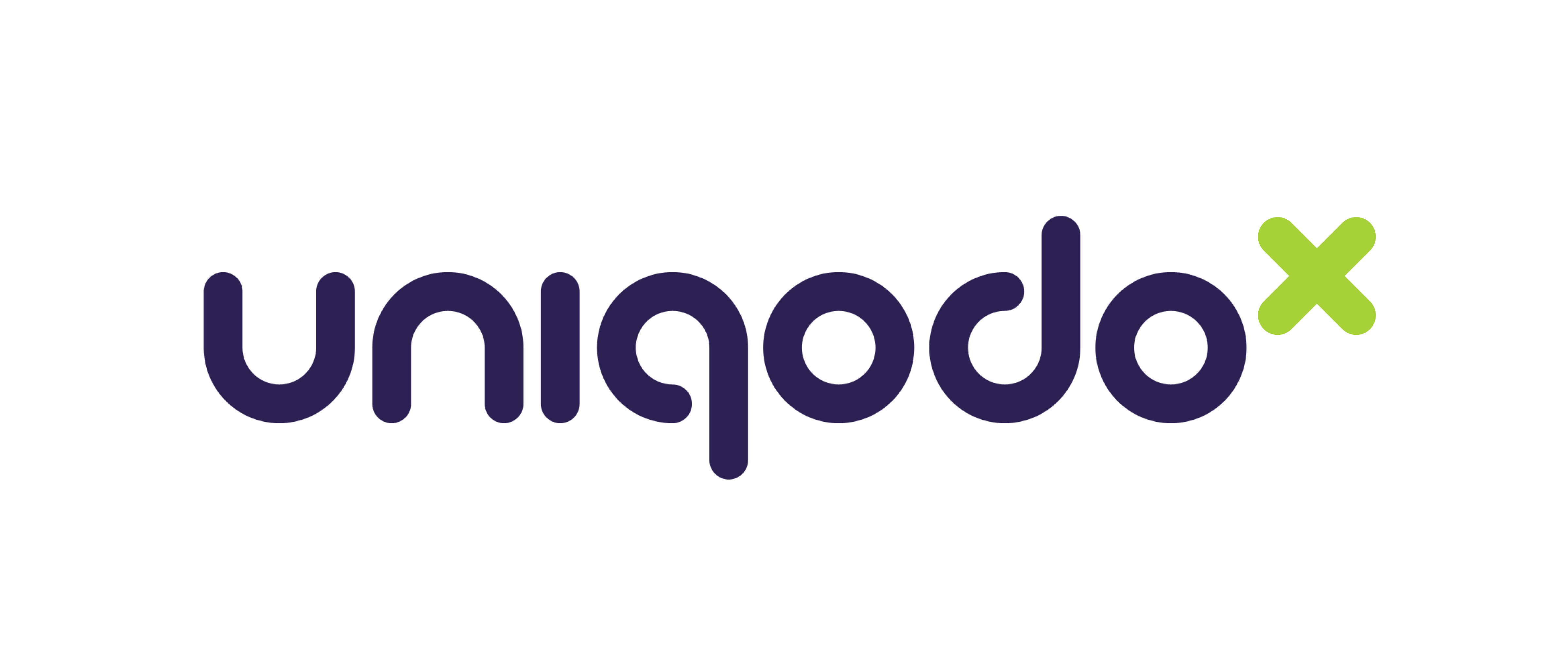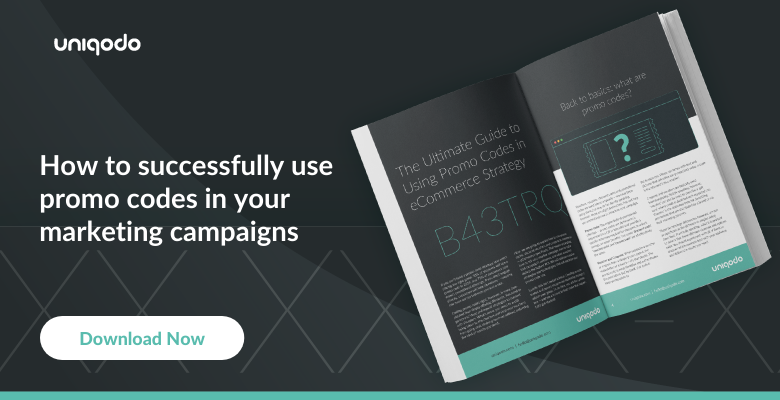In 2018, the global online fashion market was worth a whopping $533 billion — and that’s predicted to reach $873 billion by 2023. It’s clear that the online fashion industry isn’t going anywhere anytime soon.
Now that so much of how we live our daily lives has moved online, it makes sense that the way we shop has as well. And when it comes to shopping online, the fashion industry is usually a few steps ahead of other markets — it’s already taking the eCommerce world by storm.
With the new decade just around the corner, fashion brands are fighting to ensure they stay ahead of the competition and hold a spot in the ever-growing market of fashion eCommerce. So what more should your fashion brand be doing to get ready for 2020?
Stop high return rates with reviews
By the time you’re ready to start revving your engines for Q1 of 2020, the festive spend-a-thon will have drawn to a close. And the last thing you want is to spend the new year processing returns and saying goodbye to what looked like promising figures for Q4 of 2019.
Of course, returns are an inevitable part of eCommerce, but that doesn’t mean that you shouldn’t take active steps to mitigate them. Aside from ensuring that your product descriptions are completely accurate and that the information on product pages is comprehensive, you can also mitigate your return volume by leveraging customer reviews.
When customers post positive reviews on your products, this is a fantastic form of social proof which can help browsing customers see the value of your products. This will help get them off the fence and target the persistent problem of shopping cart abandonment.
That said, less than stellar reviews can also have a positive effect on your business by mitigating your risk of high return volumes. If a customer is poorly suited to a product, they might leave hints in their reviews that could lead browsing website users to believe that the product is not for them. Therefore, they’ll most likely navigate away from the product and towards something to which they’re better suited, resulting in reducing your risk of high return volumes.
Make sure you’re mobile
It’s kind of a no-brainer in the 2020s but if your site isn’t responsive (i.e. well suited to mobile use), you’re letting a fortune in potential revenue pass you by. Ever since 2016, mobile use has overtaken desktop use as the preferred way in which we access the internet.
Make no mistake, your target audience is more than likely trying to access your website through mobile devices. Mobile use makes up 65.4% of the overall traffic to online fashion outlets (way higher than average across the eCommerce spectrum), driving just over 57% of sales.
A young, trendy target audience of time-poor digital natives is more than likely to browse your online store on the go, and they’re not going to want to stick around for long page load times or wade through poor mobile UX for long. Moreover, a lack of responsive web design can set you at loggerheads with Google which in turn could make you less visible on Search Engine Results Pages than your competitors.
Whether you provide your customers with a website that looks beautiful and handles wonderfully on mobile or your very own mobile app, you owe it to your customers to give them an optimised mobile shopping experience.
And if you can’t provide this for them, they’ll have no problem whatsoever seeing what your competitors have to offer.
Utilise social media
As a fashion retailer, it’s likely that you already use social media to keep your finger on the pulse of consumer demand, stay in touch with your loyal customers and generally promote brand awareness. But if this is all you’re using your social presence for, you may not be using it to its full potential.
Shoppable ads
If you do business in the eCommerce space, you’re likely already familiar with the concept of shoppable ads. In recent months, both Facebook and Instagram have deployed these to great effect, making it easy for consumers to make purchases without even leaving their social apps.
Instagram in particular is a great platform for showcasing your products, and when customers are able to make purchases through native payment integration, they’re much more prone to making purchases when products impress them.
Consumers trust their social platforms, and you can leverage this trust to drive sales.
Leveraging influencers
Social platforms (again, Instagram in particular) are fast becoming self-contained hubs for fashion-conscious consumers. Through visually led platforms, young consumers look to social influencers to help them make fashion choices.
If you can leverage these influencers, you can potentially introduce your products to a whole new market that follows them. It’s fair to say that consumers will always be slow to trust any statements brands make about themselves. Social influencers, however, are implicitly trusted by young consumers. In fact, 40% of millennial consumers say that their favourite YouTube influencers understand them better than people in their social circles.
As well as giving social influencers free promo products for their consideration, you can also get them on side by giving them their own unique promotional codes to pass appealing savings onto their followers. Not only can this introduce your products to a faithful new audience, the software you use to create these codes will also allow you to track their performance. This way you can find out which influencers are driving the most traffic to your brand.
Speaking of promotional codes...
Harness the power of promo codes
Who doesn’t love a bargain? And in the wake of the festive season, you’d better believe that cost-conscious consumers will be expecting them. Promotional codes can get buyers on a budget on side and get the quarter and the year off to a strong start.
But remember, coupon codes can be subject to abuse and misuse, resulting in a potentially grievous blow to your eCommerce profit margins. Therefore, investing in the software to create unique single-use promotional codes can help you to get the most out of your promotional codes while also mitigating your risks.
This software can also help you to…
Create personalised unique promotional codes
Unique promotional codes don’t just insulate your business against code misuse, they can also provide an opportunity to give your customers more of what they want. Promo codes shouldn’t be given a “one size fits all” approach. They should be tailored to the kinds of products customers have bought previously and the products they’ve been viewing online.
Did you know that almost 80% of consumers say they’re only likely to take advantage of discounts if they’re based on their previous interactions with the brand offering them?
Lend coupon codes the personal touch and you’ll find that customers are much more inclined to use them.
Target shopping cart abandonment
While the fashion world generally benefits from (just) below average shopping cart abandonment rates, these are still higher than most brands would like. This year, almost 76% of carts were abandoned around the world. Unique single-use codes can be used to encourage shoppers to come back to abandoned carts and get them to commit to purchasing.
Just be wary of over-using codes in this way. The last thing you want is to condition customers to routinely abandon their carts in the hope of getting generous discounts.
Transform loyal customers into micro-influencers
Social media influencers aren’t the only ones who can grow your brand with unique single-use promo codes. You can also give loyal repeat customers their own codes to incentivise them to get friends, family members and work colleagues to take a chance on your brand.
Give a generous discount to the referer and the referee and everybody wins… especially you!
Get ahead of the game and increase sales in 2020!
If you want to come out of the gate swinging in 2020, the last thing you can afford to do is rest on your laurels. Competition is likely to be fiercer than ever as you and your competitors race to engage bargain-hungry shoppers in the new year. Make sure you adopt a proactive approach that keeps you one step ahead of the competition.
Leverage carefully chosen influencers to increase brand awareness. Leverage social platforms to piggyback on the trust that they command and make headway in an era where consumers know that they can afford to be fickle. And make sure you’re consistently delivering promotions that give customers more of what they want.
Stick to the tactics above and you’ll start the year in a position of strength and give the competition a run for their money in 2020.





Subscribe to the Blog